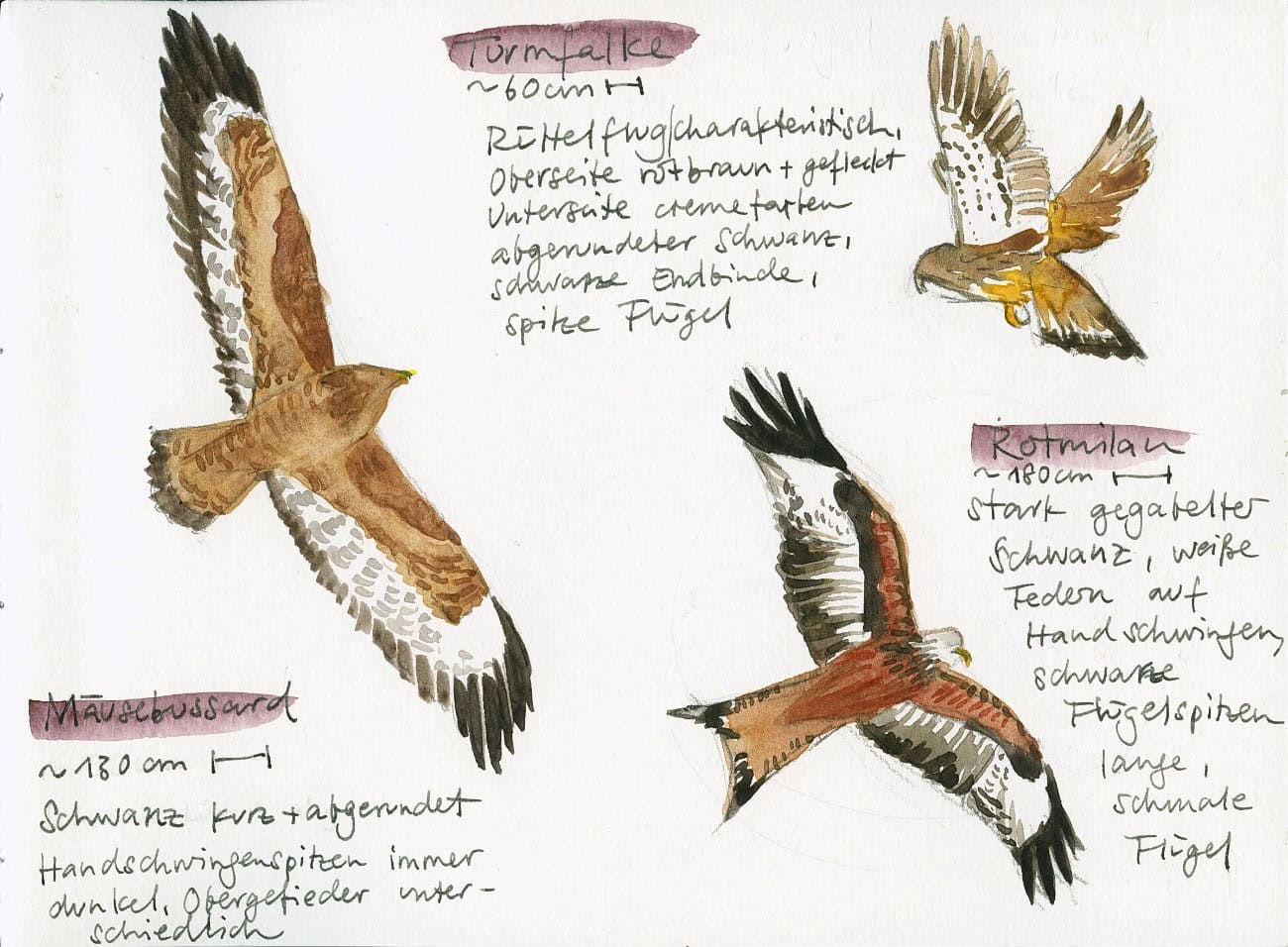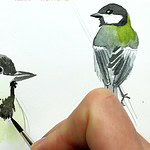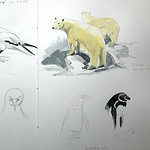After years of bird-watching, I have a pretty good grasp on song birds, but I still can’t tell a lot of birds of prey apart. They all look more or less majestic and have awesome brown and white-colored plumage. Starting this summer, I’ve set out to become better at learning what my local birds of prey look like and how I can tell them apart when they’re up in the sky.
I’ve started with the three most common large birds that we have here in North Hesse (not counting the raven, but fortunately I can spot those, and they’re song birds): the common or Eurasian buzzard (Buteo buteo) with its characteristic call (hi-yaahhh or pi-yaahh), the red kite (Milvus milvus) – a large bird with up to 180cm of wingspan, and the kestrel (Falco tinnunculus). The kestrel is actually quite small (wingspan 60cm, so half of some of his colleagues), but it’s a very common sight and, to my joy, it can be easily identified by its hovering flight.
The red kite has a sharp, almost swallow-shaped tail, and two white spots on the underside of the wings, as opposed to the buzzard, which sports brown/white wings and rounded tail feathers. Both birds have dark wing tips, but the red kite has slender wings in comparison. The buzzard comes with differently colored plumage.
When sketching bird silhouettes, make sure you keep them more or less symmetrical (there are exceptions, like the kestrel on the top right), and keep it loose – no details. You won’t see them in a flying bird anyway. My aim with these sketches is to get a quick overview on the bird’s features, so that I can better identify different species in the field. I make these watercolor sketches to better memorize the bird’s features, and I’ve written key data next to each sketch.
As I’m observing more local birds of prey, I hope I can extend this list and gain more skills to tell them apart.






I agree that birds of prey are more difficult to tell apart. Maybe in part because they are seen from a distance. I like your idea of sketching them with the idea of capturing details that can help you distinguish them from each other. A good reason to keep a sketchbook handy!
Definitely, I still get them mixed up quite a lot, especially without binoculars.
In Cheshire, UK, a mixed farming area, we regularly see buzzards flying and also occasionally see them feeding on invertebrates in the fields. They seem to be quite variable in colour. We used to see plenty of hovering kestrals but these birds seem to be quite rare now. We don’t get red kites in this part of the UK but have seen them in the south of the country around the River Thames Valley. It can be difficult to tell buzzards and red kites apart especially if you cannot get a good view of the birds tail! I like your sketches which are excellent. I wondered how many different species of birds of prey you might find in your local area?
Very interesting to hear, thank you Pam! I agree that it can be very difficult to tell the birds apart when they’re in flight – I’m still practicing all the time. Around here, these are the three species I see most often, but we also have peregrine falcons, goshawks and and sparrowhawks. And I sometimes hear screechowls, but I’ve yet to spot one.